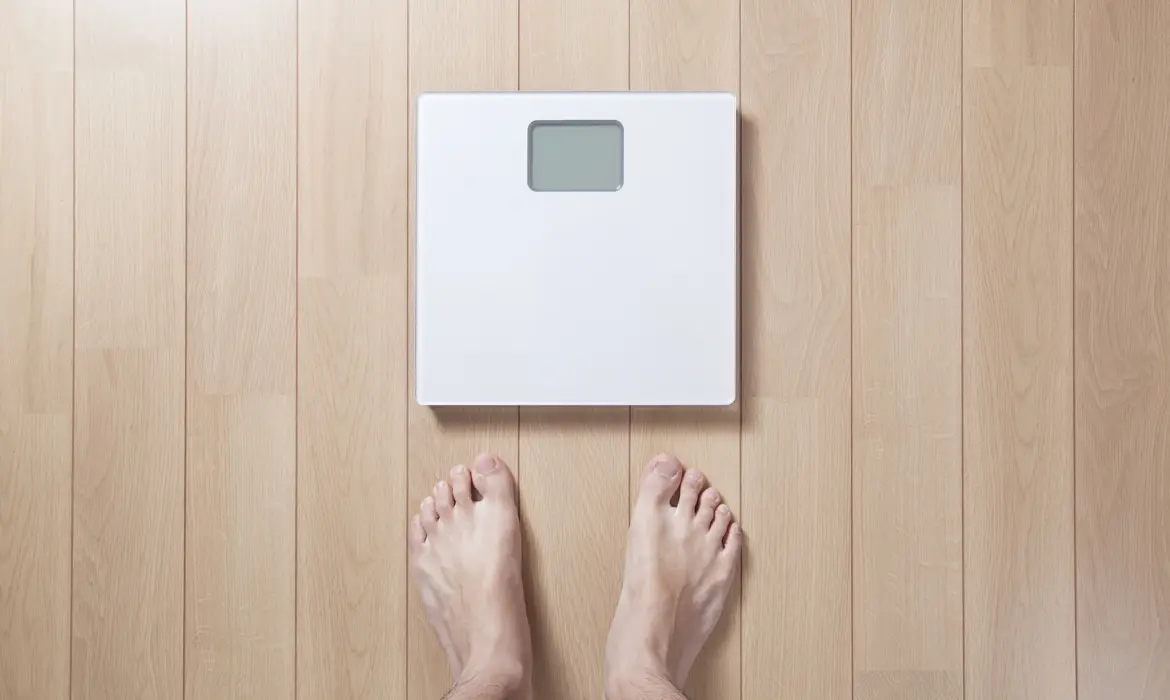Obesity is a worldwide epidemic. In the last few decades, this disease has grown more prevalent among the young. If you have a body mass index (BMI) of above 25, you would be classified as overweight. Having a BMI of above 35 would mean being classified as morbidly obese. For Asians, who are generally of smaller build, the BMI that classifies as morbidly obese has been redefined to 32.5.
Health risks of being overweight
There are many diseases associated with obesity. They include metabolic diseases like diabetes, hypertension and hyperlipidemia, cancers like breast cancer and colorectal cancer, chronic joint diseases like chronic back pain and osteoarthritis, and other illnesses like skin infections, pancreatitis and many more. People who are obese are also more likely to be depressed and have a shortened life span.
Diet and exercise are the mainstay of obesity management. However, the chances of weight loss of more than 10% together with keeping that weight down over a sustained period of time, is less than 2% for the morbidly obese. These statistics, coupled with the huge financial burden that obesity poses to the family and the state, has stimulated the development of obesity management and surgery (bariatric surgery).
Types of weight loss surgery
Obesity surgery is currently the best method to reduce weight quickly and, more importantly, to sustain that weight loss. The procedures include the laparoscopic adjustable gastric banding (LAGB), the laparoscopic sleeve gastrectomy (LSG) and the laparoscopic Roux-en-Y gastric bypass (LRYGB).
These procedures are done laparoscopically, which means that operations are performed through small incisions in the body. This technique is also known as keyhole surgery or minimally invasive surgery (MIS).
There are many advantages of this surgical technique which include less wound pain and complications, a shorter hospital stay and faster recovery. The procedures have today become very safe as compared to the surgeries done 40 years ago. The complications are minimal due to the fact that the surgical techniques used are standardised and anaesthesia care has improved tremendously.
What if I do not fit the criteria for obesity surgery?
Some patients are below the BMI criteria for obesity surgery or are too ill to undergo surgery. They can be offered the intragastric balloon.
The intragastric balloon is inserted into the stomach via gastroscopy (a long, thin, flexible tube containing a camera and a light) under sedation. The placement of the intergastric balloon in the stomach helps a patient lose weight by limiting how much they can eat.
The balloon insertion is safe with no scars on the abdominal wall. It will be removed after 6 months and the projected weight loss is about 15% of the patient's original weight. This is usually done in a day surgery setting where the patient can be home on the same day of the procedure.
Laparoscopic sleeve gastrectomy
Laparoscopic sleeve gastrectomy is performed by stapling and dividing the stomach, removing about 75% of the stomach from the body. The remaining section of the stomach is formed into the shape of a long narrow tube which resembles the sleeve of a shirt. Due to the much smaller size of the stomach, the amount of food that the stomach is able to hold is restricted. The procedure also removes the area where the hunger inducing hormone ghrelin is produced. This lessens the patient's desire to eat.
Sleeve gastrectomy is not reversible but over a period of many years, the stomach is known to slowly enlarge. The results of this procedure are very good. Patients can expect about 60% of excess weight loss over a period of 1 – 2 years and this can be maintained for at least 5 – 10 years. Close follow-up with the doctor is the most important factor for maintaining good weight loss over a longer period of time.
The risk of complications such as leaking of the staple line or bleeding are very low.
Laparoscopic adjustable gastric banding
The second procedure is the laparoscopic adjustable gastric banding. It simply involves placing an inflatable band around the upper part of the stomach. The band will then restrict the amount of food you can eat. Squeezed by the silicone band, the stomach becomes a pouch with about an inch-wide outlet. After banding, the stomach can hold only about an ounce of food. The inflatable band is connected via a tube to a port that is just below the skin on the abdominal wall. Water can be injected via this port to inflate the band, further tightening the stomach pouch and restricting the amount food that can be consumed.
Water can be removed if the restriction is too tight. Thus, the procedure is considered adjustable and reversible. The band will remain in place for life.
The band is easy to insert and the operative complications are very minimal. There may be complications in the long term such as band erosion, in which the band would need to be removed. Weight loss from gastric banding is just as successful as weight loss from sleeve gastrectomy.
Laparoscopic Roux-en-Y gastric bypass
For long term weight loss and improvement of obesity-related medical problems like diabetes mellitus, hypertension and high cholesterol, the recommended procedure is the Roux-en-Y gastric bypass.
A small pouch is first created at the upper part of the stomach, restricting the amount of food the patient can eat. A section of the small intestine is then joined to this stomach pouch. This creates a bypass for the food that is eaten, skipping part of the patient's digestive system. As a result, the patient absorbs fewer calories and nutrients, which result in weight loss.
Gastric bypass gives the best results in terms of weight loss over a long period of time. Diabetes mellitus improves immediately after the procedure, even before weight loss. This is due to the hormonal changes that occur after the bypass.
Gastric bypass is performed for patients who have severe diabetes mellitus, hypertension and high cholesterol.
Compared to the previous 2 surgeries, the rate of complications with regard to leaks and twisting of the bowel is slightly higher for gastric bypass surgery.
There are many weight loss procedures out there, but many do not result in significant weight loss. The procedures described in this article are the ones that we do routinely. They are safe, well-researched and have good and proven long term results for weight loss and improvement of obesity-related medical problems.












